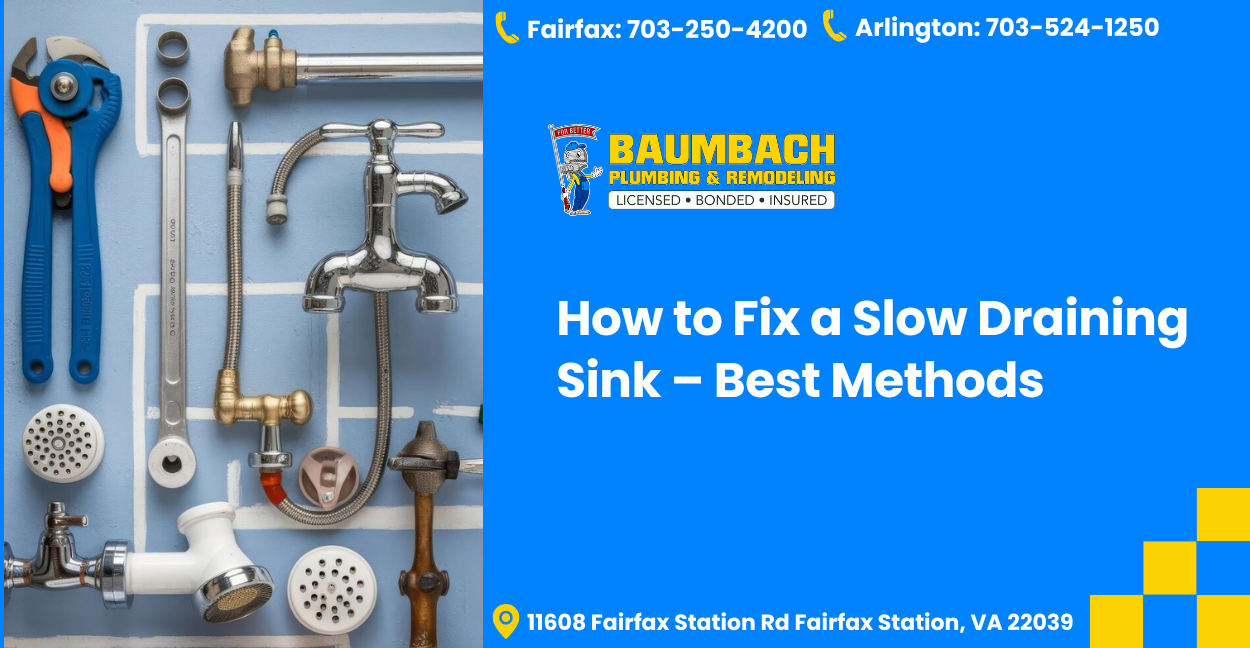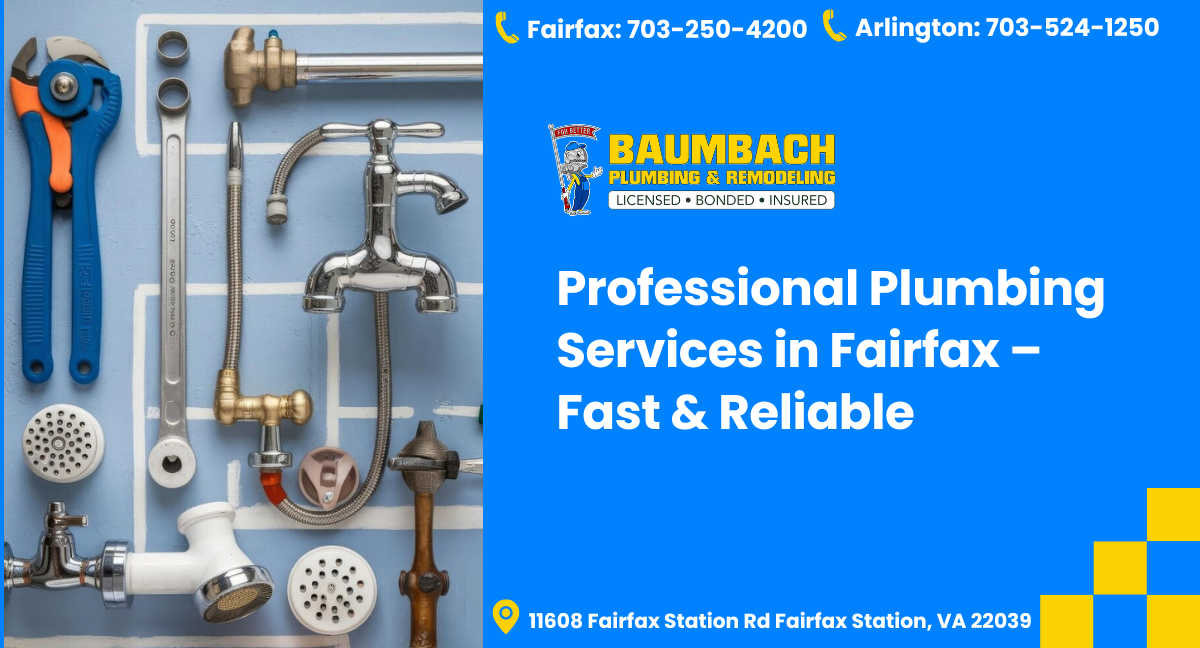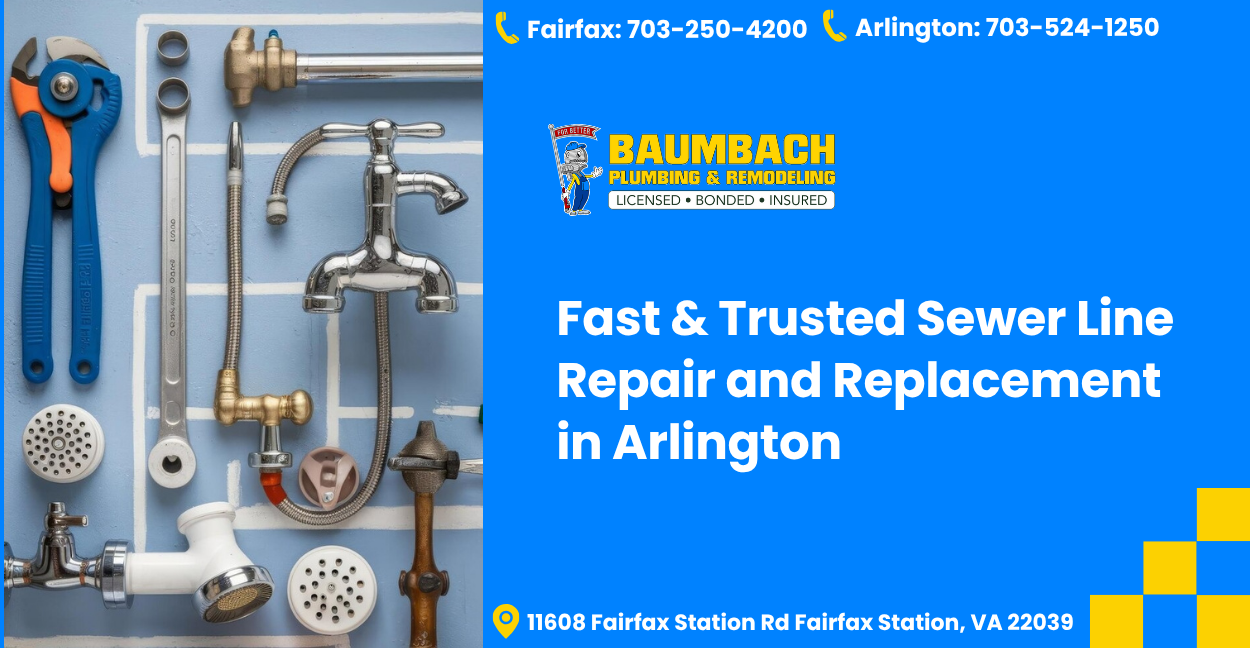A slow draining sink might seem like a minor inconvenience, but if left untreated, it can turn into a much bigger issue. Whether it’s in the kitchen or bathroom, watching water pool instead of disappearing smoothly can be frustrating. More than just annoying, it’s a warning sign that debris, grease, or other materials are clogging your pipes. Acting quickly not only restores normal drainage but also prevents costly plumbing repairs later on. The good news? In many cases, you don’t need to call a plumber right away—there are simple, safe, and effective ways to fix it yourself.
Learning how to fix a slow draining sink gives you the confidence to handle one of the most common plumbing problems at home. With just a few household items and a little time, you can clear blockages before they worsen. Understanding the causes, using the right DIY methods, and adopting preventive habits can keep your sink running smoothly without repeated headaches. Instead of waiting until it becomes an emergency, tackling the issue early will save you stress, money, and time.
Understanding the Main Causes of a Slow Draining Sink
Before jumping into solutions, it’s important to understand why sinks slow down. Different rooms in your home usually have different culprits, and knowing the cause helps you choose the best fix.
1.) Bathroom Sinks
Commonly clogged with hair, soap scum, and toothpaste residue. These materials bind together and stick to pipe walls, trapping even more debris as time passes. If ignored, you’ll notice water standing in the basin for minutes instead of draining quickly. Installing a hair catcher and cleaning regularly can prevent this.
2.) Kitchen Sinks
Prone to grease, oil, and food scraps that harden inside the pipes. Starchy foods like rice or pasta expand when wet, worsening the blockage. Over time, this not only slows drainage but can also create unpleasant odors in the kitchen. Avoid pouring fats down the drain and flush with hot water often to reduce buildup.
3.) Mineral Deposits
Hard water leaves behind calcium and magnesium that shrink pipe space. Once deposits build up, they’re very tough to remove without specialized solutions. If untreated, they can also corrode pipes and reduce water pressure. A water softener is a long-term solution to minimize this issue.
4.) Foreign Objects
Small items like jewelry, toys, or even cotton swabs can slip into the drain and block water flow. These objects often act as traps that catch other debris, worsening the clog. A simple sink strainer can go a long way in preventing this type of problem.
5.) Soap Buildup
Bar soaps contain fats that react with minerals in water, forming sticky soap scum. Over time, this residue narrows the drain opening and slows down water. Eventually, it can harden like cement, making it very difficult to clean out. Switching to liquid soap and maintaining regular cleaning helps reduce this risk.
6.) Improper Plumbing Design
Poor pipe slope or faulty installation can cause slow drainage even when there’s no major clog. Small buildups become more noticeable in badly designed systems. If slow drainage persists despite cleaning, a plumbing layout issue may be to blame, and professional help is needed.
Signs to Watch For – Lingering water, unpleasant odors, gurgling noises, or water backing up are clear warnings of a developing clog. Tackling these early prevents major blockages and costly plumbing repairs.
How to Fix a Slow Draining Sink at Home: DIY Methods
You don’t always need professional tools or expensive cleaners to get your sink working again. These tried-and-true methods are effective, inexpensive, and safe for your plumbing.
1.) Boiling Water Flush
Sometimes the simplest method works best. Slowly pour a kettle of boiling water down the drain, wait a few seconds, and repeat. The heat helps dissolve grease and loosen soap buildup. Doing this once or twice a week can also prevent minor clogs from forming. It’s a safe method that won’t damage your pipes and works especially well on kitchen drains.
2.) Baking Soda and Vinegar
This natural combo is a classic fix. Pour ½ cup of baking soda followed by ½ cup of vinegar into the drain. Cover the opening for 15 minutes to let the fizzing action do its job, then flush with hot water. It’s eco-friendly and effective against mild clogs. This method also helps neutralize odors and keeps your drains smelling fresh. For stubborn clogs, repeating the process a couple of times can yield better results.
3.) Salt and Hot Water
If vinegar isn’t handy, mix coarse salt with hot water. The salt acts as a mild abrasive, scrubbing away grease inside the pipes. It’s a gentle method that is safe for both metal and PVC pipes. Using this regularly can prevent buildup from hard water or soap residue over time.
4.) Wire Hanger or Drain Snake
Hair is a major culprit in bathroom sinks. Straighten a wire hanger, leave a small hook on the end, and carefully fish out clumps of hair and debris. For tougher clogs, a drain snake works even better since it’s flexible and can reach deeper. This method gives you direct control and is especially useful for removing hair mats that baking soda and vinegar can’t handle.
5.) Plunger Technique
A plunger isn’t just for toilets. Place it over the sink drain, create a seal, and pump vigorously. The suction and pressure can dislodge stubborn blockages. It works best when there’s standing water in the sink, which helps create a stronger seal. Repeating the process several times may be necessary for tougher clogs.
6.) Wet/Dry Vacuum
If you own a shop vac, this method works wonders. Set it to liquid mode, place the nozzle tightly over the drain, and let it suck out debris. It’s especially effective for objects or hair that have settled deep in the pipe. Make sure to create a tight seal and be prepared for some water spillage.
7.) Cleaning the P-Trap
If none of the above works, the blockage may be in the P-trap—the U-shaped pipe beneath your sink. Place a bucket underneath, unscrew the slip nuts, and remove the trap. Clean out any buildup, rinse thoroughly, and reattach it. This can instantly restore normal drainage. Regularly cleaning the P-trap can also prevent recurring clogs and is one of the most reliable DIY solutions for persistent slow drains.
How to Prevent Clogs and Maintain Your Sink
Once your sink is flowing freely again, the goal is to keep it that way. Prevention saves you from repeating the same headache.
1.) Avoid grease and food scraps
Never pour oils, fats, or coffee grounds down your kitchen sink. Instead, dispose of them in the trash. Even small amounts of grease can solidify in your pipes over time, leading to stubborn clogs that are harder to remove.
2.) Use drain strainers
These inexpensive tools catch hair in bathrooms and food scraps in kitchens, preventing clogs before they start. They are easy to clean and should be emptied regularly to maximize effectiveness. Using strainers consistently can save you frequent plunging or pipe cleaning.
3.) Flush with hot water regularly
A weekly flush of boiling water helps wash away residue and minor buildup. It also helps dissolve fats and soap scum before they harden, keeping your drains running smoothly. This simple step takes only a few minutes but makes a big difference in the long term.
4.) Opt for enzyme-based cleaners
Unlike harsh chemicals, enzyme cleaners use natural bacteria to eat away organic material. They’re safe for pipes and septic systems, and can be used on a monthly basis to prevent clogs. Over time, these cleaners help maintain a healthy drainage system without damaging plumbing.
5.) Kitchen vs. bathroom habits
In kitchens, wipe greasy pans with a paper towel before washing to prevent oils from entering the drain. In bathrooms, clean hair traps often and rinse drains with hot water. Establishing these small routines reduces buildup and prolongs the life of your plumbing.
By keeping up with these simple habits, you’ll extend the life of your pipes, avoid costly repairs, and maintain smooth, worry-free drainage throughout your home.
When to Call a Professional Plumber
Sometimes DIY methods aren’t enough. If you’ve tried everything and your sink is still draining slowly, it may be a sign of a deeper clog in the main line. Professionals like Baumbach Plumbing & Remodeling use advanced tools such as motorized augers, hydro-jetting, and camera inspections to accurately diagnose and fix problems that go beyond typical DIY methods. Their expertise ensures the issue is resolved efficiently and prevents damage to your pipes.
Calling a professional also makes sense if you notice:
-
Multiple drains in your home backing up
-
Recurring slow drains despite cleaning
-
Strong sewage smells coming from sinks
Hiring Baumbach Plumbing & Remodeling ensures your plumbing system is properly assessed and maintained. Their trained team can quickly identify hidden issues, provide long-term solutions, and give expert tips to prevent future clogs. When DIY methods fail, relying on professionals saves you time, stress, and potential damage to your home’s plumbing system.
Frequently Asked Questions
1.) How often should I clean my sink drain?
A monthly cleaning with hot water or natural solutions like baking soda and vinegar helps keep drains clear. For bathroom sinks, check hair traps weekly, and in kitchens, flush with boiling water to prevent grease buildup. Regular maintenance not only keeps water flowing smoothly but also reduces the risk of unpleasant odors and pipe damage over time. Consistent care also extends the lifespan of your plumbing and helps avoid costly repairs.
2.) Can chemical cleaners damage my pipes?
Yes, harsh chemical cleaners can corrode pipes and harm the environment. They may also kill beneficial bacteria in your drains or septic system. Using safer alternatives like enzyme-based cleaners, baking soda, and vinegar is better for long-term use and helps maintain a healthier plumbing system. Overusing chemicals can even worsen clogs by hardening debris inside the pipes, making blockages harder to remove.
3.) What’s the easiest DIY method for beginners?
Start with boiling water or baking soda and vinegar—both are safe, inexpensive, and require no special tools. These methods are effective for minor clogs and can be repeated if needed. For beginners, these solutions also reduce the risk of accidentally damaging your pipes compared to harsh chemicals or aggressive tools. They’re simple, eco-friendly, and perfect for keeping drains clear with minimal effort.
4.) Why does my kitchen sink clog more than my bathroom sink?
Kitchen sinks deal with grease, oils, and food waste, which stick to pipes more easily than hair or soap from bathrooms. Starchy foods like rice or pasta can expand in the pipes, worsening clogs. Grease solidifies when it cools, trapping even small food particles and forming blockages that grow over time. Being mindful of what goes down the drain and using strainers can prevent these recurring issues.
5.) When is it time to call a plumber?
If multiple drains are slow, odors persist, or DIY methods fail, it’s best to bring in a professional to prevent bigger plumbing issues. Persistent clogs may indicate a problem in the main line or improper plumbing installation. Professionals like Baumbach Plumbing & Remodeling can accurately diagnose hidden issues, provide lasting solutions, and help prevent future drainage problems. Calling a professional early can save you time, stress, and potential damage to your plumbing system.
Professional Drain Cleaning & Plumbing Services by Baumbach Plumbing & Remodeling
If you’ve noticed plumbing issues, don’t wait for them to worsen. At Baumbach Plumbing & Remodeling, we offer expert drain cleaning using advanced sewer camera inspections to quickly diagnose and resolve problems. Our licensed plumbers handle everything from routine cleaning to complex plumbing repairs, ensuring your system runs smoothly.
We also provide pipe repairs, sewer line repairs, water heater services, and more. Serving Fairfax, McLean, Alexandria, and surrounding areas, we deliver fast, reliable, and affordable plumbing solutions. Contact us today for expert service!





